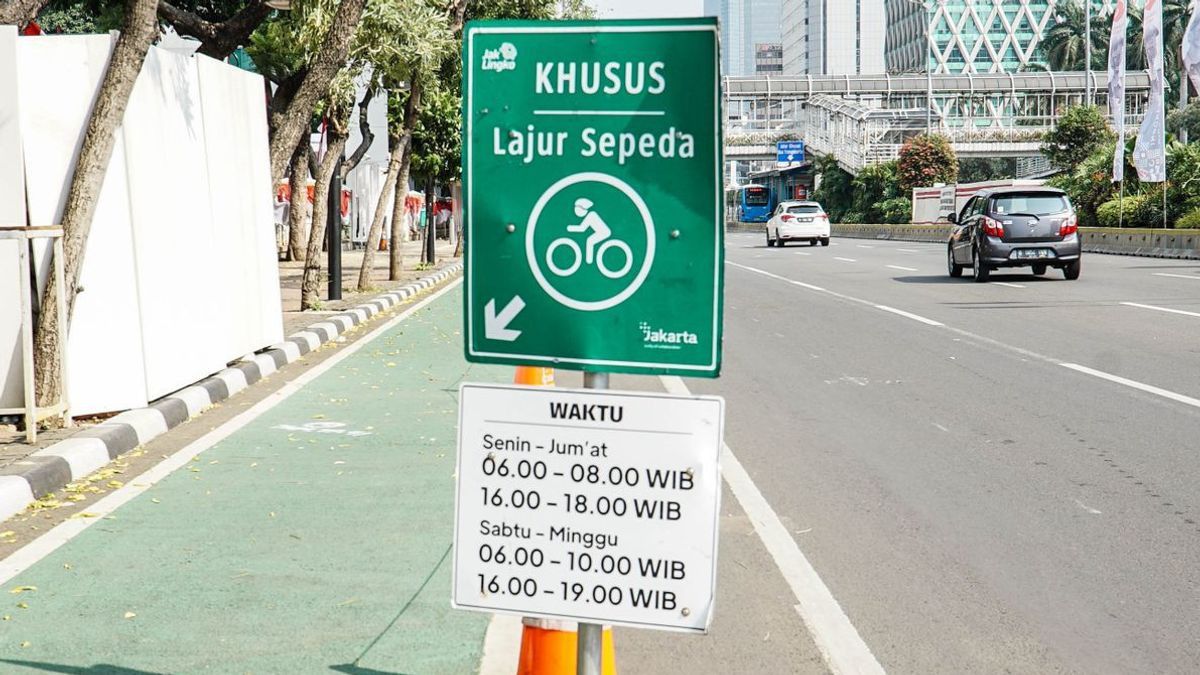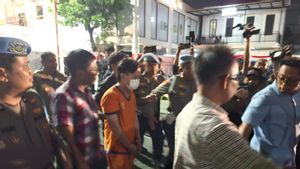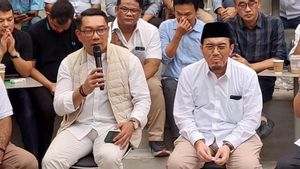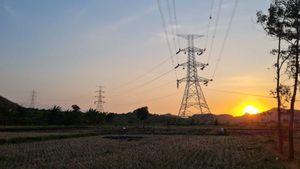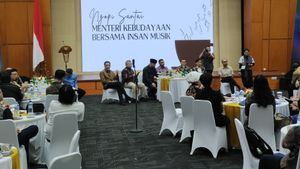JAKARTA - Head of the DKI Jakarta Transportation Agency, Syafrin Liputo, said that there was a decrease in the number of bicycle users in Jakarta during the micro-based PPKM (Enforcement of Restrictions on Community Activities) period.
"The volume of bicycle traffic has decreased by 21.57 percent", Syafrin told reporters, Thursday, April 29.
Meanwhile, a 20.57 percent decrease in the volume of cyclists crossing the streets of the capital was recorded from March 31 to April 27.
This figure has decreased compared to the implementation of the transitional PSBB (Large-Scale Social Restriction) from January 12 to February 8.
When bicycle users decline, there is an increase in the use of private vehicles and public transportation. Motorized vehicle traffic volume is currently up 1.31 percent.
Then, there was also a 19.28 percent increase in the number of daily urban public transport passengers. Currently, an average of 879,465 passengers uses public transportation. Meanwhile, previously it was only 737,319 per day when the PSBB was transitioning.
"The number of daily AKAP passengers transportation has also increased by 16.59 percent or 5,333 passengers per day, compared to the implementation of transitional PSBB of 4,574 passengers per day", explained Syafrin.
Furthermore, Syafrin admitted that at this time the traffic conditions in Jakarta were jammed again during the month of Ramadan. However, at this time there is no odd-even implementation plan.
Syafrin explained, actually, the increase in traffic volume only increased 2 percent from the previous period. However, there is the density at certain times of the month of Ramadan. Many residents do activities at the same time.
"Usually, people leave at 5 or 6 in the morning. Now everyone leaves at 7, so there is simultaneous congestion. So, everything piles up at almost the same time because on average they come to work at 8", he explained.
Likewise with the afternoon. Many employees leave work around 3 in the afternoon. They want to go home immediately because they want to break their fast at home.
"Well, these peak times are what really causes congestion. But in terms of the volume of traffic, the increase has not reached a fantastic number," said Syafrin.
However, Syafrin did not want to impose an odd-even system. Because currently all modes of public transportation limit passenger capacity by as much as 50 percent to maintain health protocols.
"We understand that the government is trying to get out of the COVID-19 pandemic immediately. But, on the other hand, our public transportation limits passengers to only 50 percent. Therefore, odd-even has not been operated", he said.
Previously, the DKI Jakarta Provincial Government has prepared a special route for cyclists along Jenderal Sudirman Street to MH Thamrin Street. This line is lined with white concrete, lined with yellow-black lines. The barrier is shaped like a linked chain.
A permanent bicycle lane will be installed along 11.2 kilometers with a width of 2 meters along Jenderal Sudirman Street to MH Thamrin Street. This barrier is made to resemble a chain because it has a Sabuk Nusantara theme.
This route is also equipped with several facilities for cyclists. Among them are wayfinding, footrests at the intersection of the bicycle path, and a rest area in the form of a bike rack on the sidewalk.
Making this bicycle path costs around IDR 30 billion. The budget is not from the APBD (Regional Budget), but rather from third-party compensation.
The English, Chinese, Japanese, Arabic, and French versions are automatically generated by the AI. So there may still be inaccuracies in translating, please always see Indonesian as our main language. (system supported by DigitalSiber.id)
